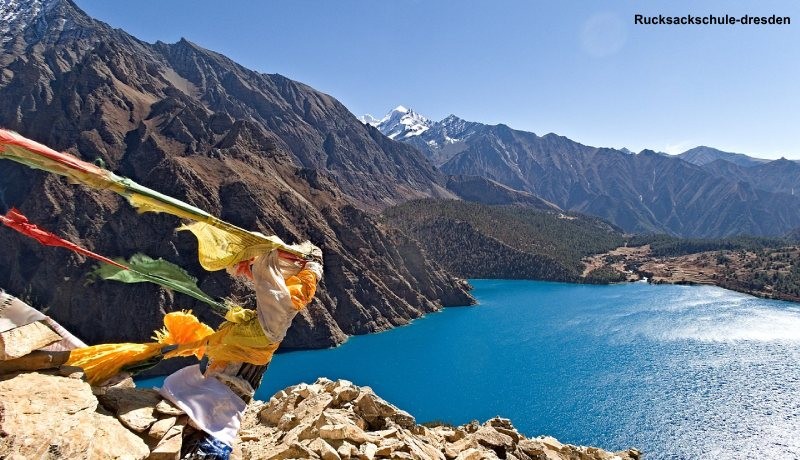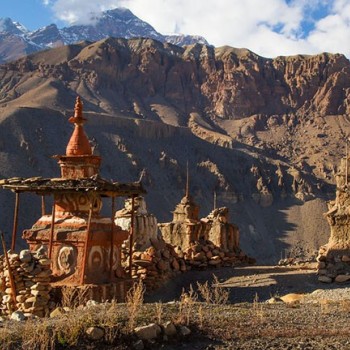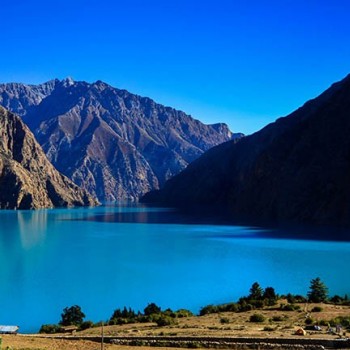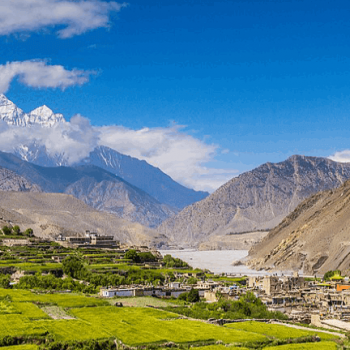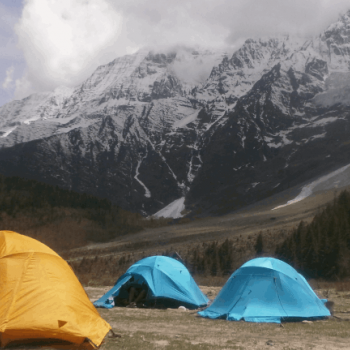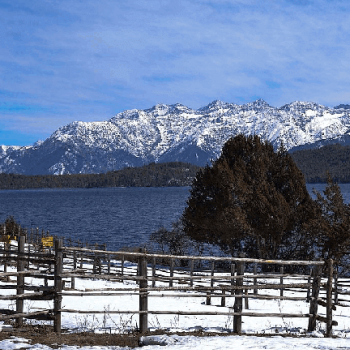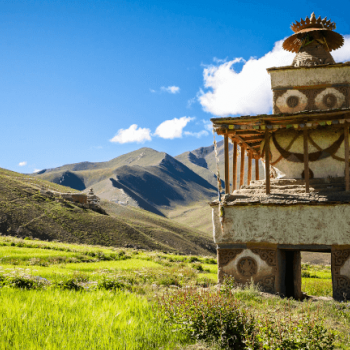Description
Lower Dolpo, located in the northwestern part of Nepal, is a remote and rugged region known for its pristine landscapes, ancient Tibetan culture, and challenging trekking routes. Among the many notable features of this area are the Numa La and Baga La passes. These passes, situated in the Dolpa District within the Shey Phoksundo National Park, are pivotal for trekkers undertaking the classic Dolpo Circuit trek. This essay will delve into the geography, cultural significance, trekking experiences, and environmental aspects of the Numa La and Baga La passes, providing a comprehensive overview of these remarkable features of Lower Dolpo.
Numa La Pass
Numa La Pass, standing at an elevation of approximately 5,190 meters (17,027 feet), is one of the highest points on the Dolpo trekking circuit. The pass connects the Tarap Valley with the Phoksundo region, serving as a critical juncture for trekkers. The terrain leading to Numa La is characterized by steep ascents, rocky paths, and breathtaking views of snow-capped peaks. The climb to the pass is challenging, often requiring trekkers to navigate through snow and ice, particularly in the early and late trekking seasons.
Baga La Pass
Baga La Pass, at an elevation of about 5,070 meters (16,630 feet), follows shortly after Numa La on the classic trekking route. This pass links the Dho Tarap Valley to the Shey Phoksundo Lake area. The approach to Baga La is equally demanding, with a steep and strenuous climb that rewards trekkers with panoramic views of the surrounding mountains, including glimpses of the Dhaulagiri range.
Both passes offer trekkers spectacular vistas of the rugged Himalayan landscape, including deep valleys, towering peaks, and expansive high-altitude plateaus. The harsh and arid environment at these altitudes creates a stark yet stunning contrast with the verdant lower valleys, adding to the region's allure.
Cultural Significance
Lower Dolpo is home to a predominantly Tibetan-speaking population, whose culture and traditions have been preserved over centuries due to the region's isolation. The inhabitants practice Tibetan Buddhism and Bon, a shamanistic religion that predates Buddhism in Tibet. This cultural richness is evident in the numerous monasteries, stupas, and prayer flags that dot the landscape.
Influence of Tibetan Buddhism and Bon
The spiritual influence of Tibetan Buddhism is profound in Lower Dolpo. Monasteries such as the Shey Gompa, located near the Crystal Mountain, are important pilgrimage sites. These religious centers are not only places of worship but also serve as community hubs where festivals, rituals, and traditional practices are maintained.
The Bon religion also plays a significant role in the cultural fabric of Lower Dolpo. Bon rituals and symbols are intertwined with the daily lives of the people, and many of the high passes, including Numa La and Baga La, hold spiritual significance. Trekkers often encounter prayer flags and mani stones (stone plates inscribed with mantras) at these passes, signifying the local belief in the sanctity of these natural features.

